Cvijeta Zuzorić Art Pavilion
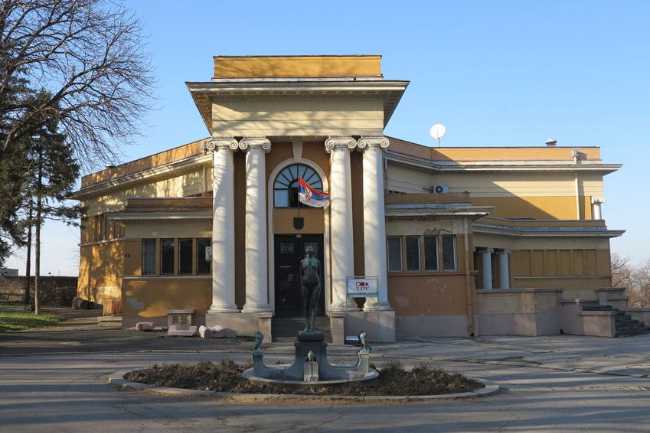
The Cvijeta Zuzorić Art Pavilion, located in Belgrade’s Little Kalemegdan Park, is Serbia’s first purpose-built exhibition space, opened in 1928. Designed by architect Branislav Kojić in the Art Deco style, it was initiated by playwright Branislav Nušić and funded through public donations and state support. Named after a 16th-century Dubrovnik poet and patron of the arts, the pavilion became a cultural landmark dedicated to promoting visual arts. Since 1945, it has been managed by the Association of Fine Artists of Serbia (ULUS), serving as a central venue for national and international exhibitions. The pavilion’s Spring and Autumn exhibitions, established in its early years, remain among the most prestigious art events in the region. With its rich history and enduring role in Serbia’s artistic life, the Cvijeta Zuzorić Art Pavilion continues to be a vital space for creative expression and cultural dialogue in Belgrade.
Belgrade SerbiaThe Cvijeta Zuzorić Art Pavilion is located in the park section known as Little Kalemegdan (Mali Kalemegdan), adjacent to the southeastern front of the Belgrade Fortress, in one of the city’s most picturesque and historic areas. Built in 1928 in the Art Deco style, it was the first purpose-built gallery space in Serbia and remains a vital center for the visual arts, managed by the Association of Fine Artists of Serbia. The pavilion’s proximity to the Belgrade Fortress means visitors can easily explore the fortress grounds, Kalemegdan Park, and enjoy panoramic views of the confluence of the Sava and Danube rivers. The area is also close to the city center, with easy access to Knez Mihailova Street, Republic Square, and the National Museum, making the pavilion an ideal stop for those seeking both artistic inspiration and the vibrant atmosphere of Belgrade’s historic core.
 Belgrade Fortress
Belgrade
Belgrade Fortress
Belgrade
 National Museum of Serbia
Belgrade
National Museum of Serbia
Belgrade
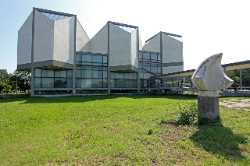 Museum of Contemporary Art in Belgrade
Belgrade
Museum of Contemporary Art in Belgrade
Belgrade
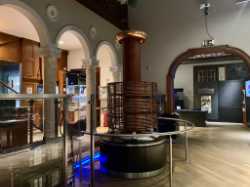 Nikola Tesla Museum
Belgrade
Nikola Tesla Museum
Belgrade
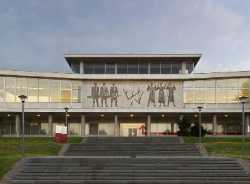 Museum of Yugoslavia
Belgrade
Museum of Yugoslavia
Belgrade
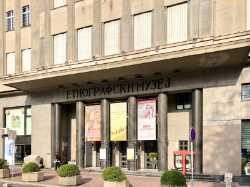 Ethnographic Museum
Belgrade
Ethnographic Museum
Belgrade
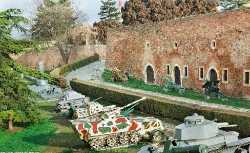 Military Museum
Belgrade
Military Museum
Belgrade
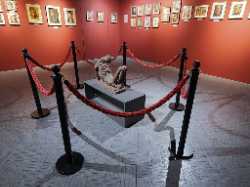 Historical Museum of Serbia
Belgrade
Historical Museum of Serbia
Belgrade
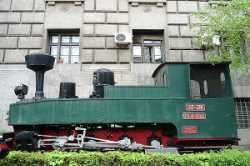 Railway Museum
Belgrade
Railway Museum
Belgrade
 Royal Palace
Belgrade
Royal Palace
Belgrade
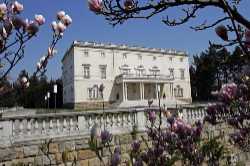 White Palace
Belgrade
White Palace
Belgrade
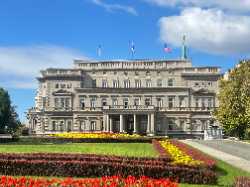 Old Palace
Belgrade
Old Palace
Belgrade
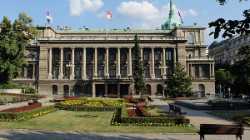 New Palace
Belgrade
New Palace
Belgrade
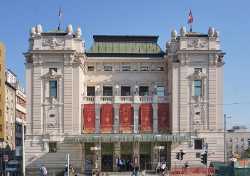 National Theatre in Belgrade
Belgrade
National Theatre in Belgrade
Belgrade
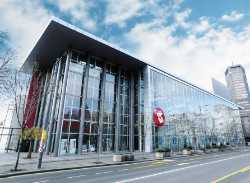 Yugoslav Drama Theatre
Belgrade
Yugoslav Drama Theatre
Belgrade
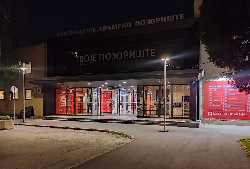 Belgrade Drama Theatre
Belgrade
Belgrade Drama Theatre
Belgrade
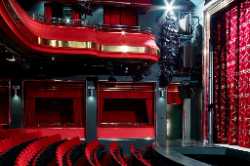 Terazije Theatre
Belgrade
Terazije Theatre
Belgrade
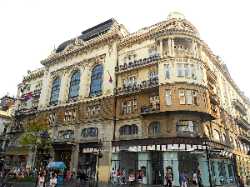 Gallery of the Serbian Academy of Sciences and Arts
Belgrade
Gallery of the Serbian Academy of Sciences and Arts
Belgrade
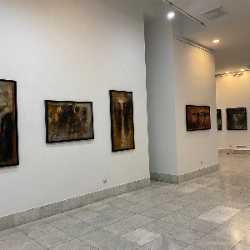 ULUS Gallery
Belgrade
ULUS Gallery
Belgrade
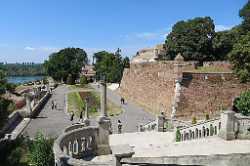 Kalemegdan Park
Belgrade
Kalemegdan Park
Belgrade
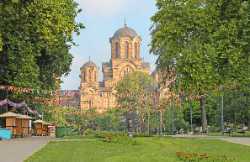 Tasmajdan Park
Belgrade
Tasmajdan Park
Belgrade
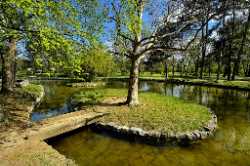 Topčider Park
Belgrade
Topčider Park
Belgrade
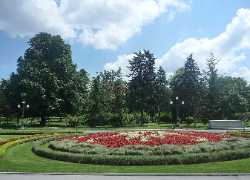 Pionirski Park
Belgrade
Pionirski Park
Belgrade
 Botanical Garden Jevremovac
Belgrade
Botanical Garden Jevremovac
Belgrade
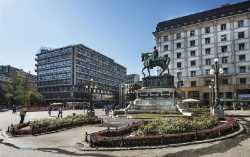 Trg Republike
Belgrade
Trg Republike
Belgrade
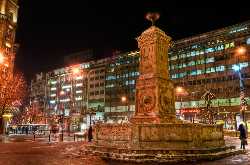 Terazije Square
Belgrade
Terazije Square
Belgrade
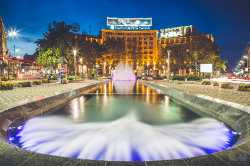 Nikola Pašić Square
Belgrade
Nikola Pašić Square
Belgrade
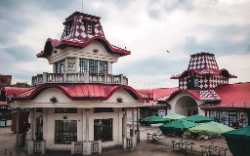 Zeleni Venac Market
Belgrade
Zeleni Venac Market
Belgrade
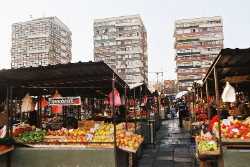 Kalenić Market
Belgrade
Kalenić Market
Belgrade
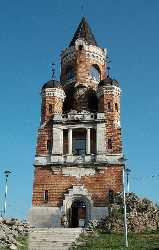 Gardos Tower
Belgrade
Gardos Tower
Belgrade
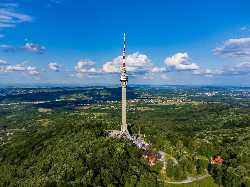 Avala Tower
Belgrade
Avala Tower
Belgrade
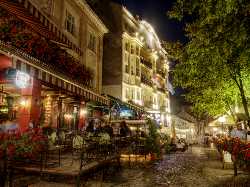 Skadarlija Street
Belgrade
Skadarlija Street
Belgrade
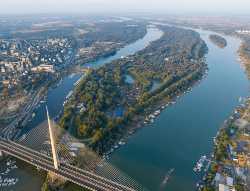 Ada Ciganlija
Belgrade
Ada Ciganlija
Belgrade
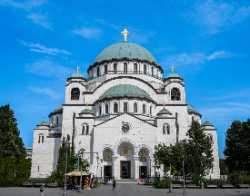 St. Sava Temple
Belgrade
St. Sava Temple
Belgrade
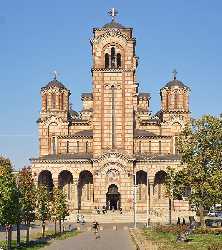 St. Mark’s Church Belgrade
Belgrade
St. Mark’s Church Belgrade
Belgrade
 Knez Mihailova Street
Belgrade
Knez Mihailova Street
Belgrade
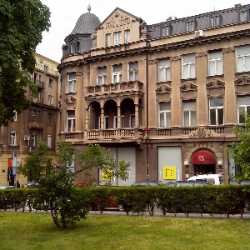 Museum of Applied Arts
Belgrade
Museum of Applied Arts
Belgrade
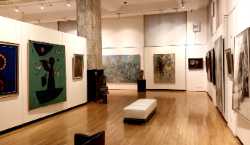 Zepter Museum
Belgrade
Zepter Museum
Belgrade
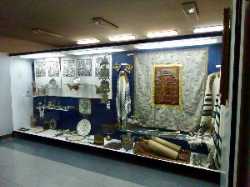 Jewish Historical Museum
Belgrade
Jewish Historical Museum
Belgrade
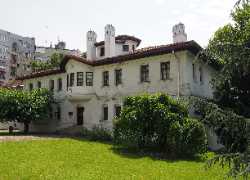 Konak Kneginje Ljubice
Belgrade
Konak Kneginje Ljubice
Belgrade
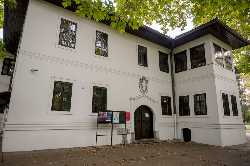 Konak Kneza Miloša
Belgrade
Konak Kneza Miloša
Belgrade
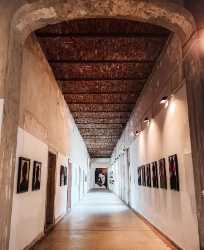 Museum of the City of Belgrade
Belgrade
Museum of the City of Belgrade
Belgrade
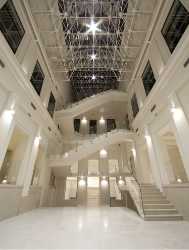 Yugoslav film archive
Belgrade
Yugoslav film archive
Belgrade
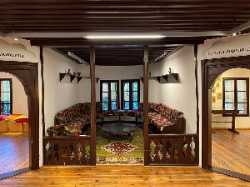 Vuk & Dositej Museum
Belgrade
Vuk & Dositej Museum
Belgrade
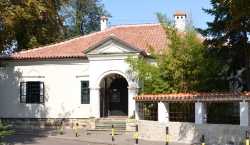 Museum of Theatrical Arts
Belgrade
Museum of Theatrical Arts
Belgrade
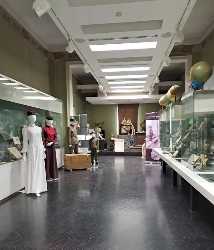 Museum of Pedagogy
Belgrade
Museum of Pedagogy
Belgrade
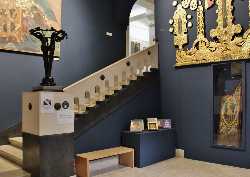 Museum of Serbian Orthodox Church
Belgrade
Museum of Serbian Orthodox Church
Belgrade
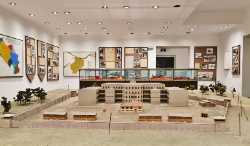 Museum of the Banjica Concentration Camp
Belgrade
Museum of the Banjica Concentration Camp
Belgrade
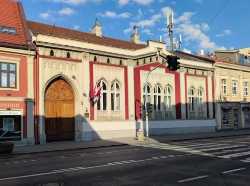 Zemun Homeland Museum
Belgrade
Zemun Homeland Museum
Belgrade
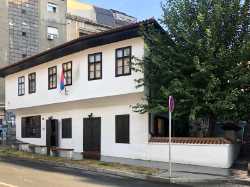 Manak’s House
Belgrade
Manak’s House
Belgrade
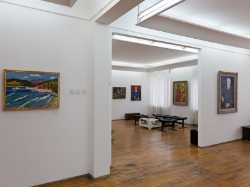 Gallery of Petar Dobrović
Belgrade
Gallery of Petar Dobrović
Belgrade
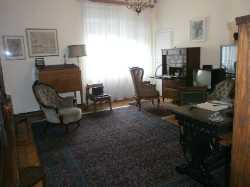 Museum of Ivo Andrić
Belgrade
Museum of Ivo Andrić
Belgrade
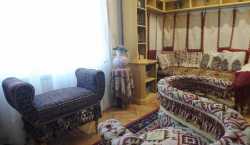 Museum of Jovan Cvijić
Belgrade
Museum of Jovan Cvijić
Belgrade
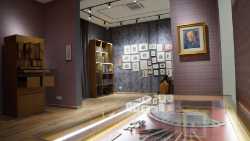 Museum of Nadežda and Rastko Petrović
Belgrade
Museum of Nadežda and Rastko Petrović
Belgrade
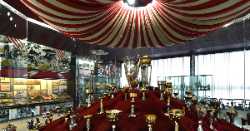 FK Crvena Zvezda Museum
Belgrade
FK Crvena Zvezda Museum
Belgrade
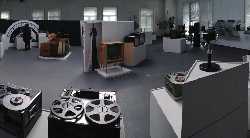 Museum of Science and Technology
Belgrade
Museum of Science and Technology
Belgrade
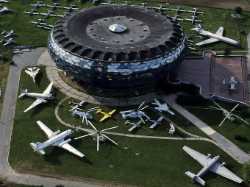 Museum of Aviation
Belgrade
Museum of Aviation
Belgrade
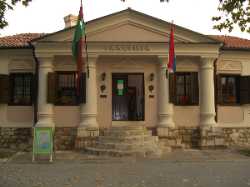 Museum of Natural History
Belgrade
Museum of Natural History
Belgrade
 PTT Postal Museum
Belgrade
PTT Postal Museum
Belgrade
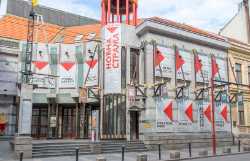 Atelje 212
Belgrade
Atelje 212
Belgrade
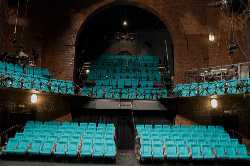 Bitef Theatre
Belgrade
Bitef Theatre
Belgrade
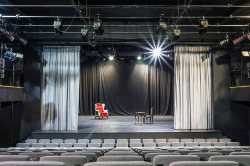 Zvezdara Theatre
Belgrade
Zvezdara Theatre
Belgrade
 Boško Buha Theatre
Belgrade
Boško Buha Theatre
Belgrade
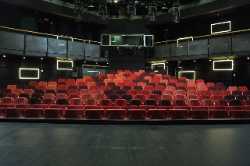 Duško Radović Little Theatre
Belgrade
Duško Radović Little Theatre
Belgrade
 Gallery SANU
Belgrade
Gallery SANU
Belgrade
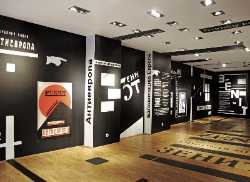 O3ONE Art Space
Belgrade
O3ONE Art Space
Belgrade
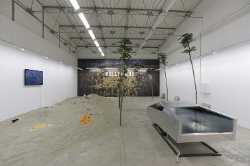 Eugster Belgrade Gallery
Belgrade
Eugster Belgrade Gallery
Belgrade
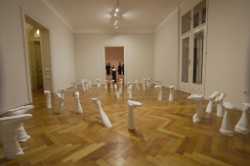 X Vitamin Gallery
Belgrade
X Vitamin Gallery
Belgrade
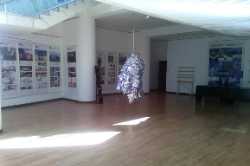 Progres Gallery
Belgrade
Progres Gallery
Belgrade
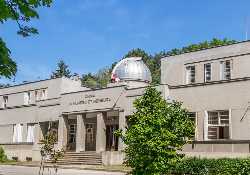 Belgrade Observatory
Belgrade
Belgrade Observatory
Belgrade
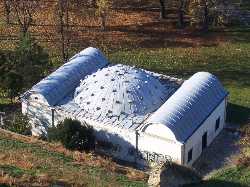 Belgrade Planetarium
Belgrade
Belgrade Planetarium
Belgrade